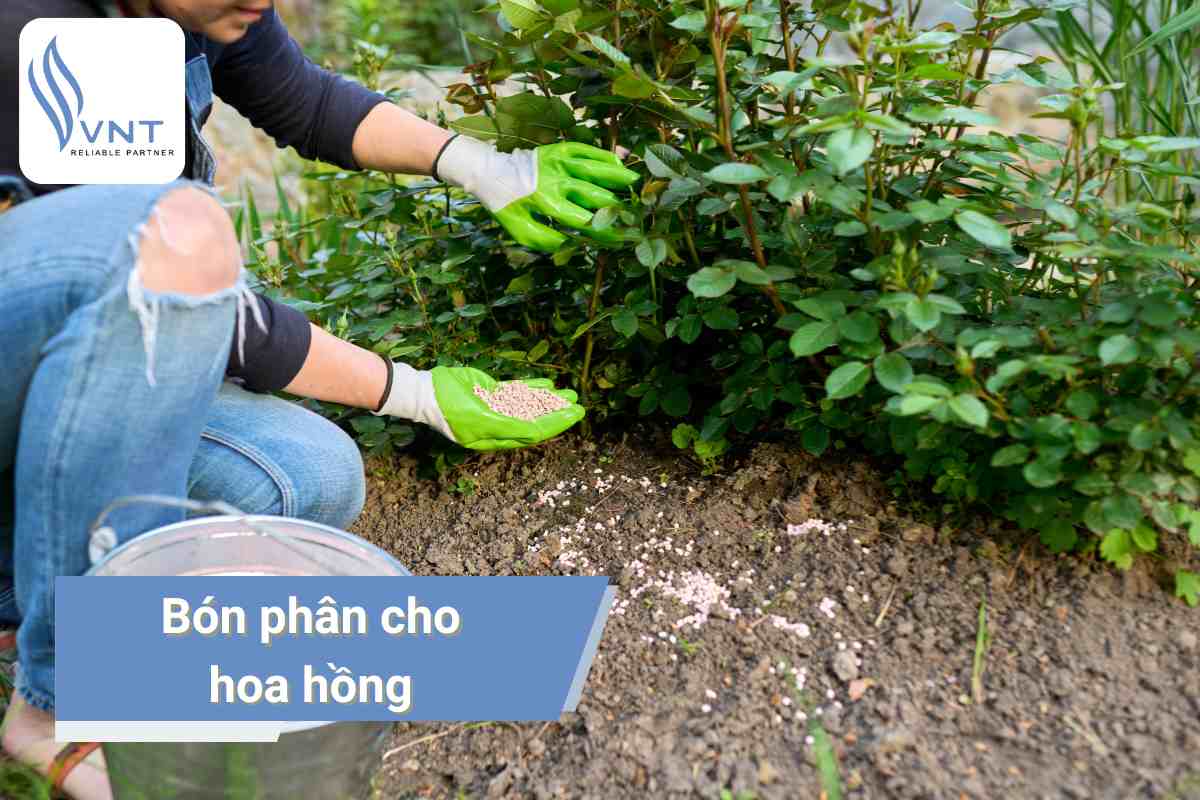NPK Poisoning in Plants - Causes and Effective Remedies
NPK poisoning in plants is becoming a serious and widespread issue in agriculture. When plants absorb excessive amounts of NPK fertilizer, they may experience toxicity, which leads to reduced nutrient absorption and lower yields. Let’s explore the issue in detail with VNT in the article below.

NPK poisoning in plants
Causes of NPK Poisoning in Plants
There are multiple factors contributing to NPK poisoning in plants, ranging from improper fertilizer use to nutrient imbalances. Below are the main causes:
- Over-fertilization: This is the most common cause. Many farmers believe that more fertilizer will promote better growth. However, excessive application can backfire, as plants cannot absorb nutrients beyond a certain threshold, leading to toxicity.
- Uneven fertilizer application: When fertilizer is not evenly distributed, some parts of the plant may be overexposed and damaged, causing leaf or root burn. Some areas of the plant may receive too many nutrients while others are deficient.
- Nutrient imbalance: An excess of one nutrient, such as nitrogen, may result in deficiencies of others like calcium or magnesium. This imbalance can be hard to detect without careful monitoring.
- Poor soil conditions: NPK fertilizer reacts differently depending on soil type. In poorly structured or pH-imbalance soils, applying NPK can increase the risk of plant toxicity.
- Weather and environmental factors: Harsh sunlight, low humidity, or sudden changes in soil conditions can reduce a plant’s ability to absorb nutrients, exacerbating the toxic effects of NPK.

Causes of NPK Poisoning in Plants
Symptoms of NPK Poisoning in Plants
Identifying the signs of NPK poisoning early is crucial for effective intervention. Common symptoms include:
- Wilting and discoloration: Leaves may turn yellow or brown, especially at the tips and edges. This is one of the clearest signs that the plant is suffering.
- Increased water demand: Toxicity can make plants require more water but still appear wilted due to impaired absorption caused by nutrient overload.
- Damaged roots: Root tips may appear burnt, stunting overall plant development. Checking the roots is a quick way to identify poisoning.
- Stunted growth: Affected plants typically grow slowly and are more susceptible to disease due to weakened resistance.
- Poor flowering and fruiting: Poisoned plants often fail to flower or bear fruit properly, reducing yield and quality.

Symptoms of NPK Poisoning in Plants
Types of NPK Poisoning in Plants
NPK poisoning is not a one-size-fits-all condition. It can be classified into several types based on symptoms and causes:
- Acute poisoning: Occurs when plants absorb an excessive amount of NPK in a short time. Symptoms include unnaturally dark green leaves, black spots on leaf tips, and stunted growth. If left untreated, plants may defoliate and lose vitality.
- Fertilizer burn: Happens when fertilizer isn’t evenly applied, causing dry and scorched roots or leaves. Leaf burn usually results from over-concentrated foliar fertilizers, while root burn is often due to contaminated or waterlogged soil.
- Nutrient imbalance poisoning: When one nutrient is overly abundant, it can inhibit the uptake of others. For example, excess nitrogen may cause zinc deficiency, and too much potassium can lead to calcium or magnesium shortages.

Types of NPK Poisoning in Plants
How to Remedy NPK Poisoning in Plants
Once NPK poisoning is detected, quick action is vital. Here are several effective solutions:
- Stop fertilizing immediately: This is the first and most important step. Halting fertilizer application prevents further damage and gives the plant a chance to recover.
- Water thoroughly to leach excess fertilizer: Generous watering can wash away residual fertilizer from roots and leaves, reducing toxicity and nutrient concentration in the soil.
- Use detoxifying products: In severe cases, consider using detoxifying agents or organic supplements such as amino acids and vitamins to support plant recovery.
- Prune damaged parts: Remove scorched or dead sections to reduce plant stress and allow it to focus nutrients on healthy areas.
- Monitor and care post-treatment: After taking the above measures, continue observing the plant closely and adjust care routines-including watering, lighting, and environmental conditions-accordingly.

How to Remedy NPK Poisoning in Plants
Tips to Prevent NPK Poisoning in Plants
To avoid NPK toxicity, farmers should consider the following practices:
- Apply correct dosage: Always follow the dosage recommendations on fertilizer packaging. Overapplication, especially of nitrogen, can lead to yellowing leaves and reduced growth efficiency.
- Choose the right timing: Avoid fertilizing when the soil is already wet or during rainfall, as this can lead to rapid nutrient accumulation and potential poisoning.
- Observe and adjust: After fertilizing, monitor the plant for signs of distress. If symptoms like yellowing or stunted growth appear, adjust the fertilizer regimen promptly.
- Store fertilizers properly: Keep fertilizers in dry, cool, and well-ventilated areas away from direct sunlight. Proper storage helps maintain fertilizer quality and reduces risks of chemical degradation.
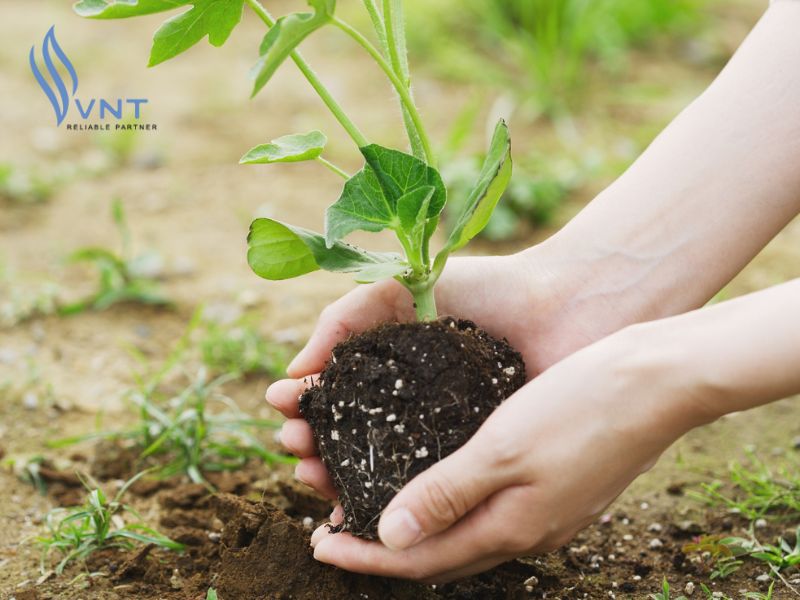
Tips to Prevent NPK Poisoning in Plants
Plants Most Susceptible to NPK Poisoning
Certain types of plants are more vulnerable to NPK toxicity and should be given extra attention:
- Vegetables and flowering plants: These crops have high nutritional needs but are very sensitive to over-fertilization, which can reduce product quality.
- Fruit-bearing plants: Crops like watermelon, chili, and tomatoes require high nutrient levels during growth but can suffer if the fertilizer is misapplied.
- Young or underdeveloped plants: Seedlings and newly transplanted plants are more prone to toxicity and need close monitoring.
- Greenhouse plants: Grown in controlled environments with limited air exchange, these plants are more susceptible to NPK poisoning due to accumulation of nutrients in the soil.
- Ornamental plants: Though visually appealing, ornamental plants can be quite delicate and require careful fertilization routines.

Plants Most Susceptible to NPK Poisoning
Conclusion
NPK poisoning in plants is a growing concern that farmers must address proactively. Understanding the causes, symptoms, and effective remedies is essential to ensure healthy crop development and optimal yields.



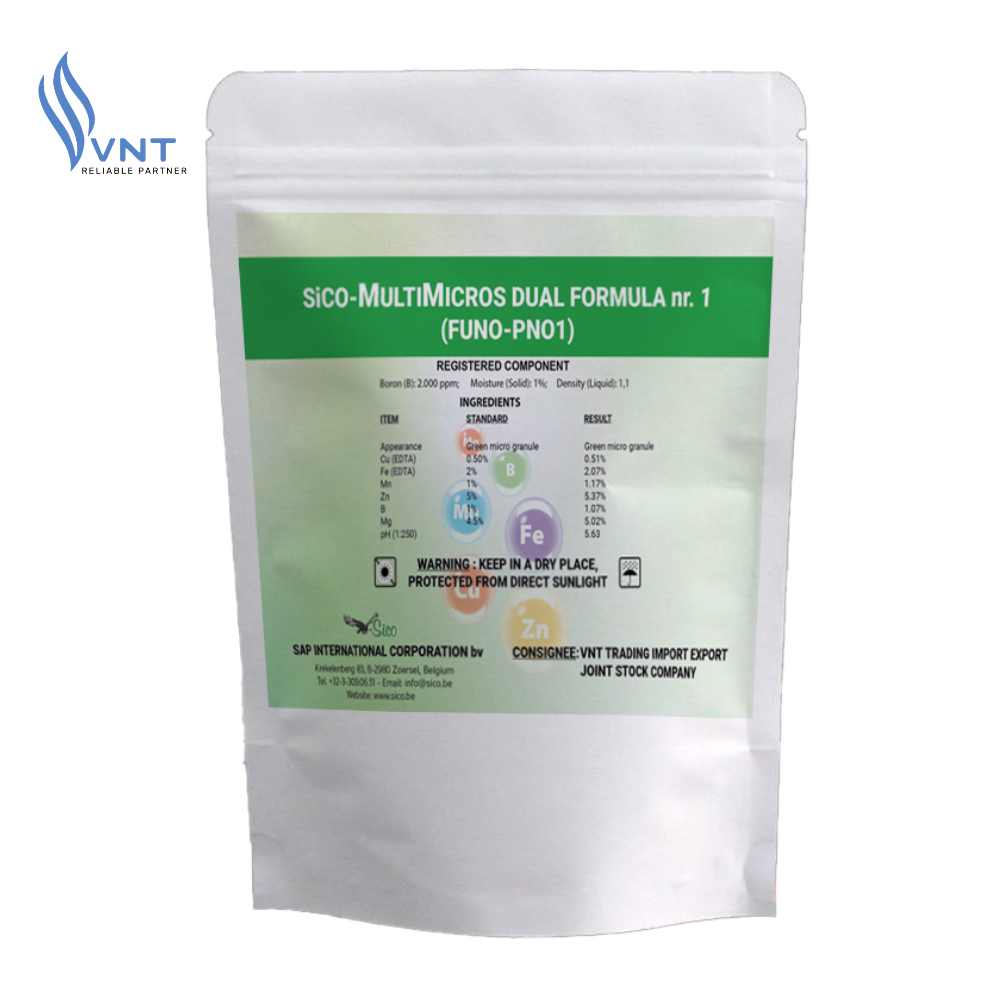
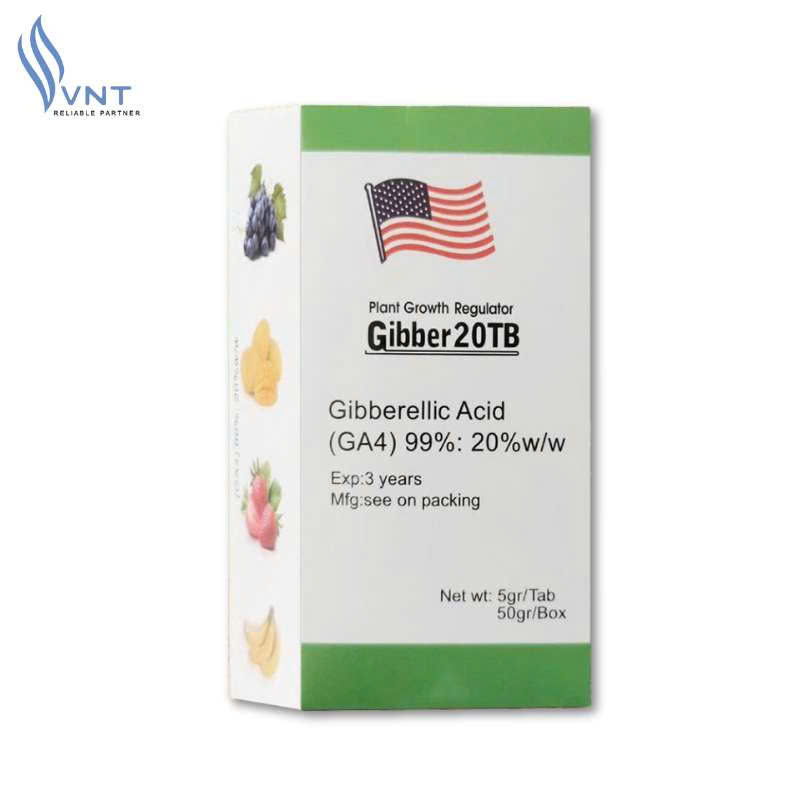
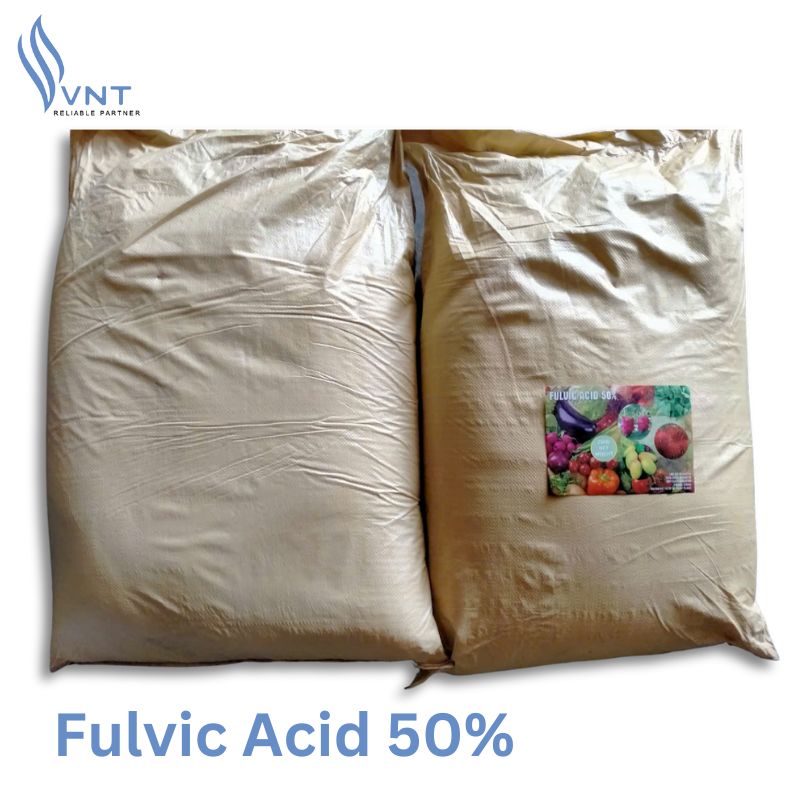
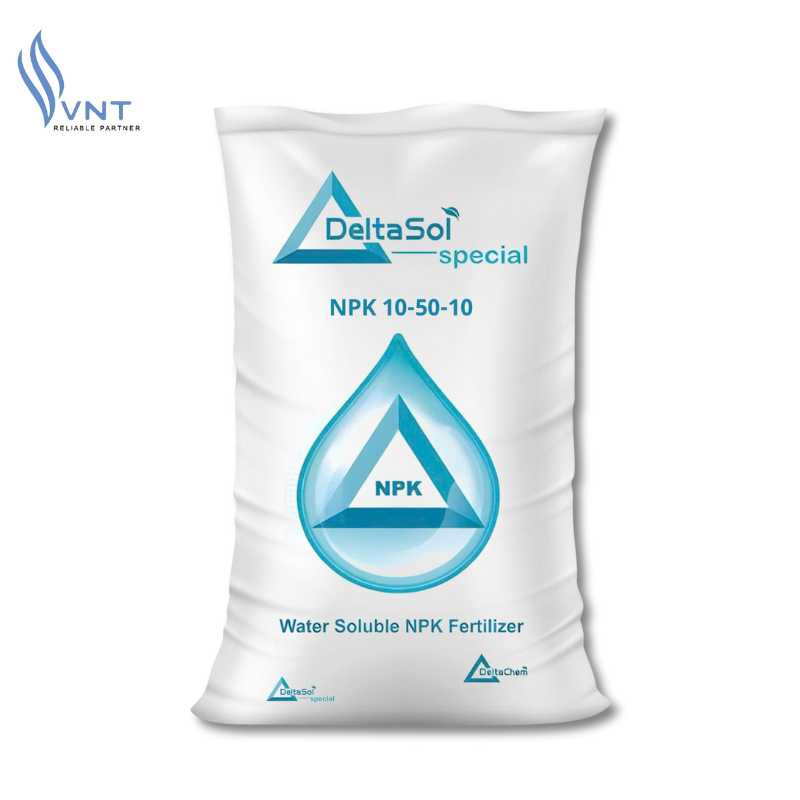
![[Q&A] How Long After Applying NPK Fertilizer Can You Eat Vegetables?](https://www.vntradimex.com/public/files/news/bon-phan-npk-cho-rau-bao-lau-thi-an-duoc-685e204cde416.jpg)
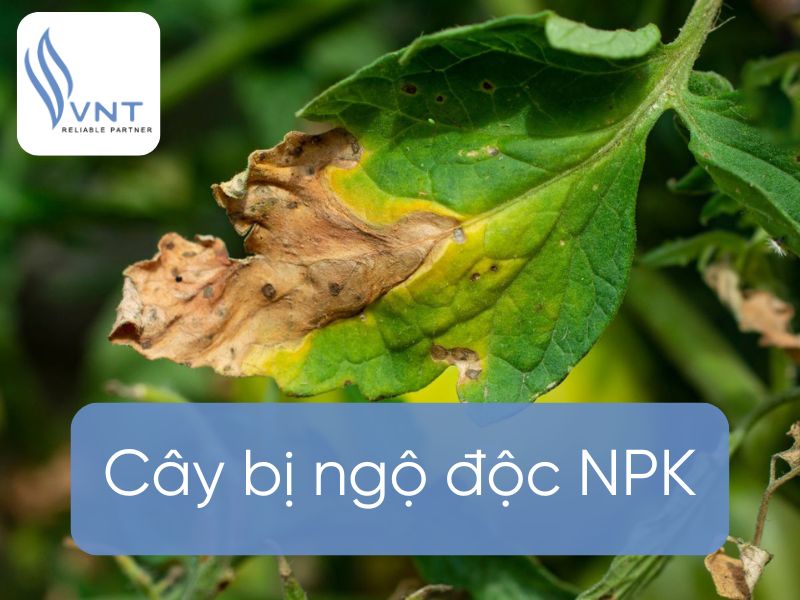
![[SHARE] How to use NPK fertilizer properly that everyone should know!](https://www.vntradimex.com/public/files/news/cach-dung-phan-bon-npk-dung-cach-682c46ab907d2.jpg)


